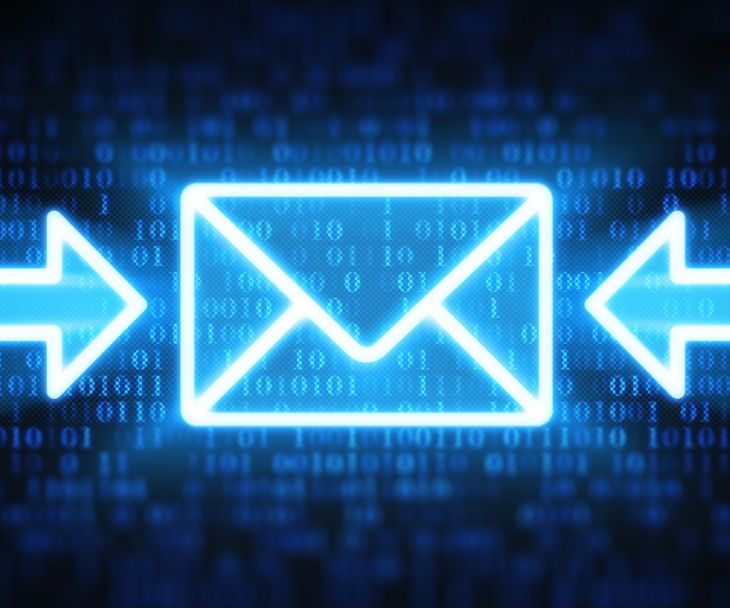
The advancement of HIPAA compliant email software offers accessibility, simplicity, and efficiency, making it a preferred choice for many in the healthcare sector. This article looks into the advantages of using email over patient portals, exploring how its wide reach, comfort factor, no login advantage, swiftness in communication, and capability for smooth cross-communication make it an invaluable tool in modern healthcare communication.
1. Broadening horizons with email's widespread impact
Email's widespread availability makes it highly effective in reaching a broad patient demographic. Most people already know how to include email in their daily routines. This familiarity allows a wider range of patients, including older adults and those less comfortable with new technologies, to easily communicate in healthcare. Email also ensures consistent and direct communication between patients and healthcare providers. It facilitates quick information sharing, sending appointment reminders, and providing follow-up care instructions.
See also: The challenges of navigating portals for patients
2. The comfort factor in comparing patient portals and email
When comparing patient portals and email, the comfort factor heavily favors email. While many people use email regularly and are familiar with how it works, patient portals often introduce new tools and interfaces, which can be intimidating or confusing, especially for those not used to navigating digital healthcare platforms.
3. Simplicity in communication with email's no login advantage
With email, patients avoid the hassle of remembering multiple usernames and passwords, a common challenge with patient portals. This ease of access means patients can quickly check their messages or communicate with healthcare providers without the barrier of login issues. It reduces frustration and saves time, especially for those who may struggle with remembering complex login details.
4. Rapid replies and the swift nature of email
Using email for noncritical healthcare communication often leads to faster responses, mainly because email is a direct and familiar tool for both patients and healthcare providers. Most people check their emails regularly throughout the day, ensuring quick reading and replying to messages. This is different from patient portals, where patients might not log in as frequently. Email also bypasses several steps in portal communication, like logging in and navigating through various sections to read or send a message.
5. Unified healthcare conversations through smooth email communication
Email enables smoother cross-communication among healthcare providers and services by providing a straightforward and universally accessible platform. Unlike patient portals often specific to individual healthcare systems, email is a common tool used across various institutions. This allows healthcare professionals from different organizations to easily share information and coordinate care without needing multiple system logins or compatibility checks. Email simplifies sending updates, discussing patient care plans, and making referrals. It breaks down barriers between different healthcare services, fostering more efficient collaboration. The result is a more coordinated approach to patient care, ensuring all involved parties are on the same page.
See also: Are patient portals the best way to communicate with your patients?
Subscribe to Paubox Weekly
Every Friday we'll bring you the most important news from Paubox. Our aim is to make you smarter, faster.




